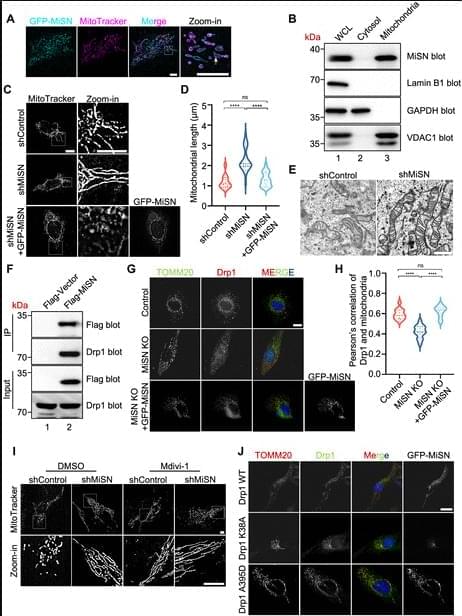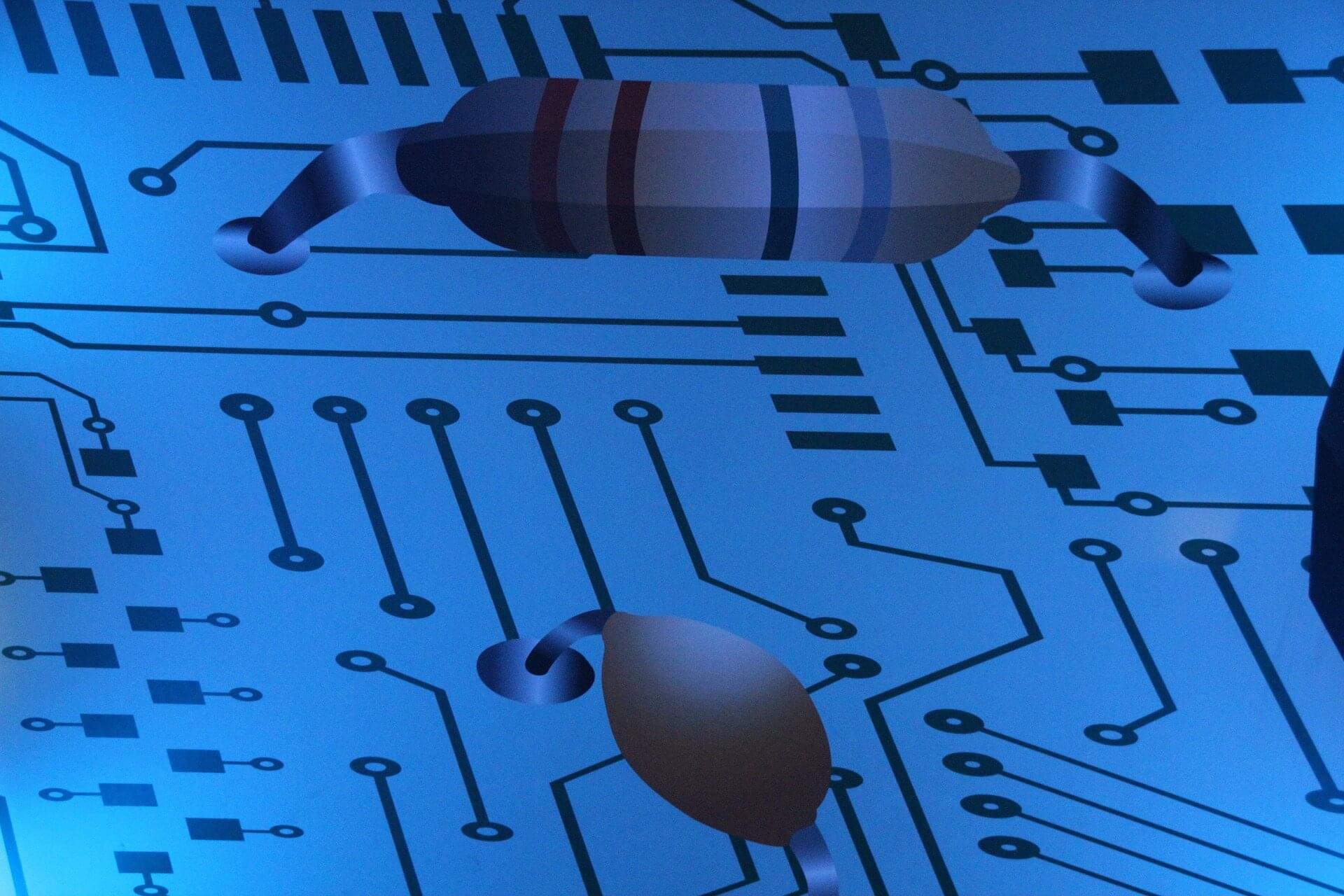Mitochondria, the primary energy-producing organelles in eukaryotic cells, power essential biosynthetic processes through oxidative phosphorylation [1]. These organelles are highly dynamic and continually undergo cycles of fusion and fission to support energy-demanding cellular activities such as proton pumping for gastric acid secretion [2]. These membrane remodeling events are regulated by evolutionarily conserved guanosine triphosphatases (GTPases) from the dynamin superfamily, with fusion at the outer and inner membranes mediated by MFN1/2 and OPA1, respectively, and fission occurring by Drp1 [3]. However, little is known about how Drp1 anchors to the mitochondrial outer membrane. Here, we report a previously uncharacterized protein, C3orf33, as a novel adaptor for Drp1 and designate it Mitofissin (MiSN) on the basis of its function in controlling mitochondrial fission. Our preliminary screen suggested that MiSN localizes to mitochondria. To visualize dynamic and fine MiSN localization, we transiently transfected U2OS cells to express green fluorescent protein (GFP)-MiSN, followed by real-time imaging using lattice structured illumination microscopy (Lattice SIM). As shown in Figure 1 A, MiSN colocalized with the mitochondrial dye MitoTracker. Careful examination of the zoomed-in image revealed that the MiSN signal was exterior to the MitoTracker (Figure 1 A, arrow). Further characterization of the cellular fractions revealed that MiSN was enriched in the mitochondrial fraction (Figure 1 B). Thus, we concluded that MiSN is a novel mitochondrial outer membrane protein.
OPEN IN VIEWER








